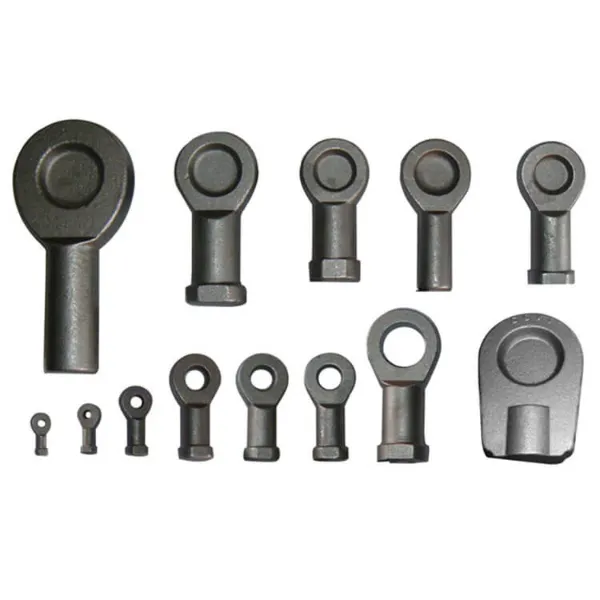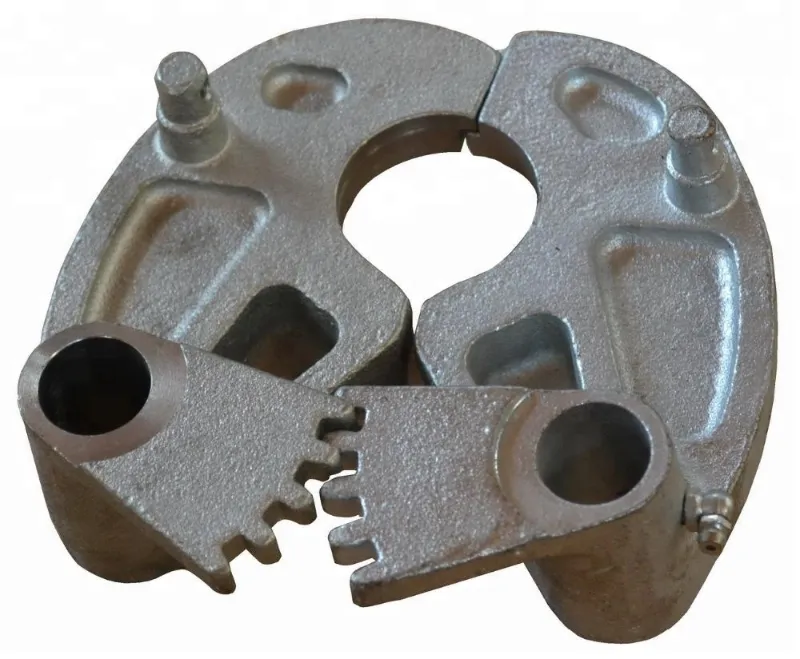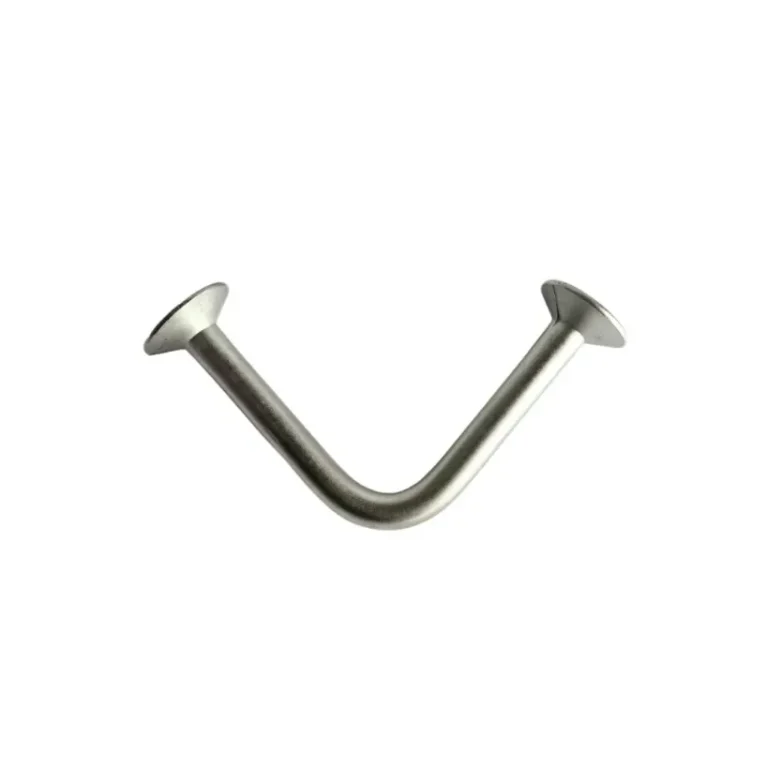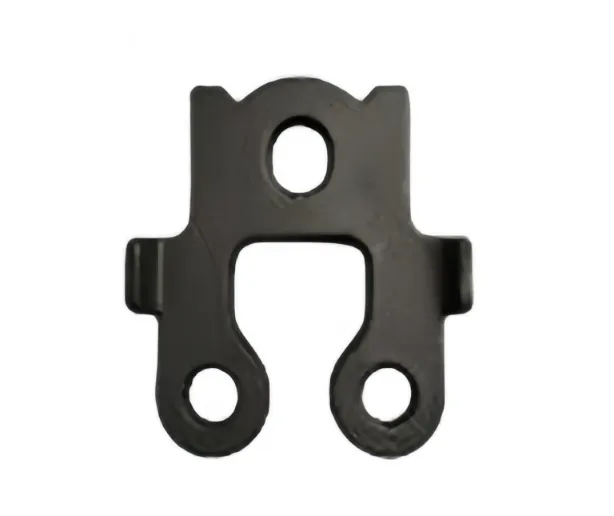
Introduction – Why High Temperature Castings Matter in the Energy Industry
High temperature castings are super important for energy gear. Think turbines, boilers, and reactors, they depend on these parts to work in tough spots. Crazy heat, strong pressure, and nasty chemicals push stuff to the edge.
The Critical Role of Castings in Turbines, Boilers, and Reactors
Castings make key pieces like turbine blades, boiler manifolds, and reactor shells. These parts deal with heat over 1000°C, plus heavy stress and chemical attacks. One crack can stop everything, losing millions.
Operating Challenges Under Extreme Conditions
Heat’s not the only bad guy. Pressure swings, harsh gases, and constant hot cold cycles make life hard for parts. High temperature castings gotta handle all this at once.
High Temperature Castings Explained
These castings work in places hotter than 650°C, sometimes hitting 1200°C in stuff like gas turbines. They need to resist creep (not bending under weight), fight off rust, and handle repeated stress. These traits keep parts going strong for years in rough conditions.
Materials for High Temperature Performance
Nickel Based Alloys: Unmatched Thermal Stability
Nickel alloys shine in scorching spots. They hold up against creep and rust even above 1000°C. But, they cost a lot, and shaping them’s a pain.
Stainless Steels and Heat Resistant Irons: Cost Effective Alternatives
For less crazy conditions, stainless steels and heat resistant irons do fine. You’ll see them in boiler manifolds or furnace bits, handling 700 900°C. They’re kinder on the budget and easier to work with.
Advanced Superalloys and Their Emerging Applications
Superalloys, often nickel with fancy extras like rhenium, are next level. They’re popping up in new gas turbines and space inspired energy gear. These offer killer strength in heat but cost a fortune.
Casting Processes for High Temperature Components
Investment Casting for Complex, Precision Parts
Investment casting, or lost wax, is great for tricky parts like turbine blades. It gives super exact shapes and smooth surfaces, key for airflow. It’s pricey and takes time, but for critical parts, it’s worth it.
Sand Casting and Centrifugal Casting for Large Scale Parts
For big stuff like boiler housings, sand casting’s a go to. It’s cheap and handles huge sizes, though it’s less precise. Centrifugal casting makes strong, clean cylindrical parts like pipes. Both are solid for heavy energy gear where size beats detail.
Forging vs. Casting: When Each Fits Best
Forging makes parts stronger by lining up the material’s grains, great for high stress stuff like shafts. Casting’s better for complex shapes forging can’t do. Need fancy geometry? Cast it. Want max strength under load? Forge it. It’s not one size fits all.
The Importance of Post Casting Heat Treatment
Heat treatment tweaks a casting’s insides, making it tougher and longer lasting. Surface finishing, like shot blasting, clears flaws and boosts rust resistance. Skipping this is like baking a cake without icing, it’s okay, but could be way better.

Quality and Testing Standards in Energy Castings
Non Destructive Testing (NDT) for High Integrity Components
NDT, like X ray, ultrasonic, or magnetic checks, finds hidden flaws without breaking the part. X ray spots holes inside, while ultrasonic catches cracks. These tests are a must for parts where failure’s not an option, like reactor fittings.
Certification and Standards Buyers Should Look For
Standards like ASTM A297, ASME Section IX, or ISO 9001 make sure castings are top notch. These aren’t just papers, they show a supplier’s serious about quality. Buyers should always ask for proof and check it.
Quality Traceability and Supplier Documentation
Traceability follows a casting from raw metal to finished part. Good suppliers give clear records: alloy mix, casting steps, and test results. This openness builds trust and helps fix problems later.
Buyer Considerations When Sourcing High Temperature Castings
Evaluating Suppliers’ Material and Process Capabilities
Not every foundry’s the same. Some are pros at nickel alloys, others at sand casting. Buyers should ask about metal know how, tools, and quality checks. A supplier like Baoqi, with tons of casting and forging experience, can customize for energy needs.
Balancing Performance, Cost, and Delivery Time
Top notch alloys cost more and take longer to make. Buyers gotta match these with project deadlines and budgets. A cheap casting might seem smart now but could fail fast. Long term strength usually beats short term savings.
Common Pitfalls in Global Sourcing
Buying overseas can save cash but has risks. Language mix ups, spotty quality, and shipping delays can mess things up. One buyer got burned with a cheap casting that cracked under stress, always check suppliers carefully.
Why Long Term Reliability Outweighs Upfront Price
A casting that lasts 20 years beats one that breaks in five. Downtime, fixes, and replacements add up quick. Spending more upfront saves trouble and money later.
Applications of High Temperature Castings
Steam Turbine Housings and Blades
Nickel based turbine blades handle 1200°C and fast spins. Investment casting makes them precise, and heat treatment adds toughness. These parts keep power plants humming.
Petrochemical Furnace Components
Furnace tubes, made from heat resistant stainless steel, take on harsh gases and 900°C heat. Centrifugal casting keeps them strong and even.
Boiler Manifolds and Pressure Vessel Fittings
Boiler manifolds, often sand cast from heat resistant irons, manage high pressure steam. Their sturdy build stops leaks and keeps things safe.
Partnering with Reliable Casting Manufacturers
Why Collaboration Between Engineers and Foundries Matters
Engineers know the gear; foundries know the metals. Teamwork makes sure castings fit the design. Talking often catches problems early.
How Baoqi Supports Energy Industry Clients
Baoqi, a pro in forging and casting, offers tailored parts for energy gear. From picking alloys to precise casting, they make stuff that handles extreme conditions. Their know how helps clients dodge big mistakes.
Continuous Improvement Through Design Optimization
Testing and real world use give clues to make better designs. Baoqi works with clients to tweak castings, boosting performance and lifespan.
Conclusion
Recap: Key Factors Buyers Must Evaluate
Buyers should focus on alloy strength, casting methods, and supplier trust. Standards like ASTM and NDT testing lock in quality. Don’t skimp, reliability’s everything.
The Link Between Material Science and Equipment Efficiency
Picking the right materials and casting ways affects how long gear lasts and how well it runs. Science isn’t just book stuff, it’s what keeps energy systems going.
Final Advice for Engineers and Procurement Teams
Chat with suppliers early. Ask for clear records and certifications. Value long term performance over quick savings. A solid casting keeps things running.
FAQ
Q1: What’s the best alloy for high temperature castings?
Nickel based alloys like Inconel are awesome for super hot spots, but stainless steels work for less tough jobs. It depends on the conditions.
Q2: How do buyers ensure casting quality?
Ask for NDT testing, certifications like ASTM or ISO, and full records. Check suppliers for skills and tools.
Q3: Why is investment casting so popular for turbines?
It’s super precise for tricky shapes like turbine blades, making them perform better and last longer.
Q4: Can cheaper castings work for energy equipment?
Sometimes, for less important parts. But cutting corners on key pieces risks breakdowns and big costs.








